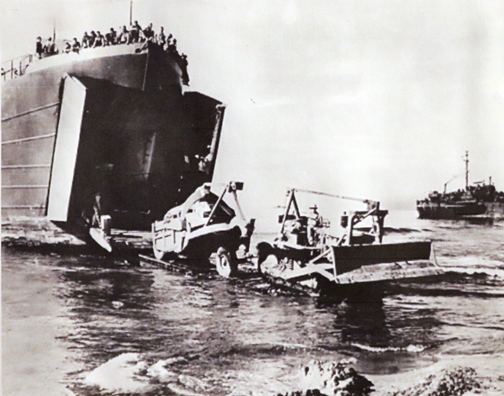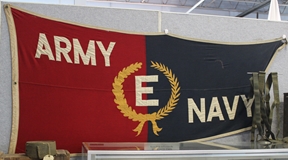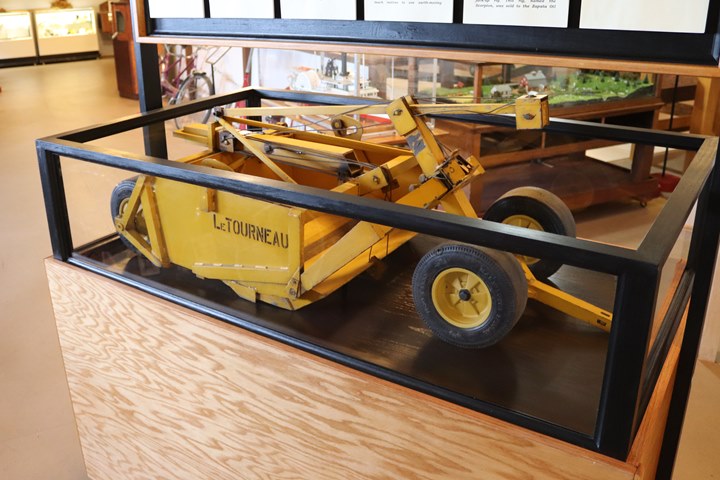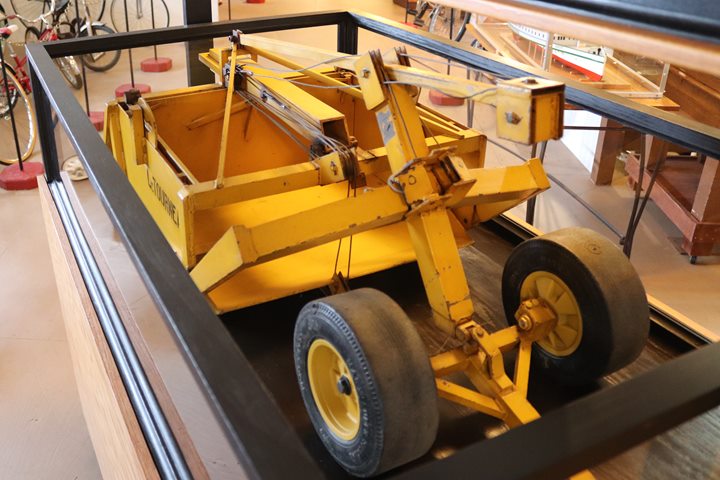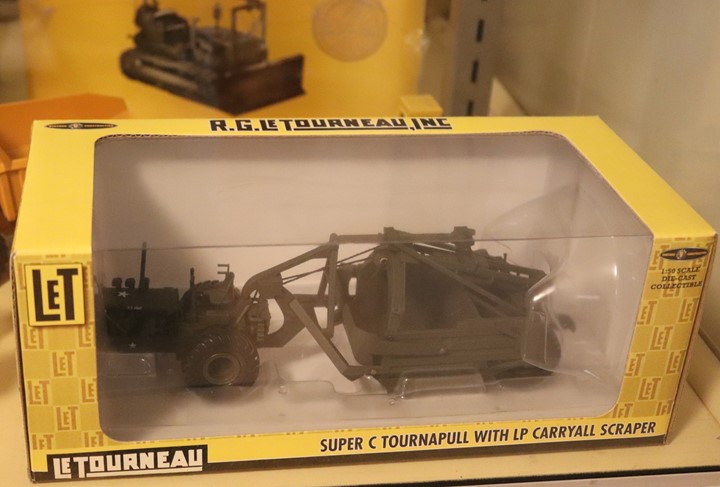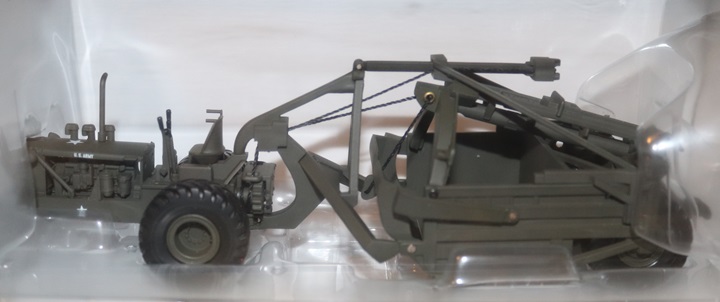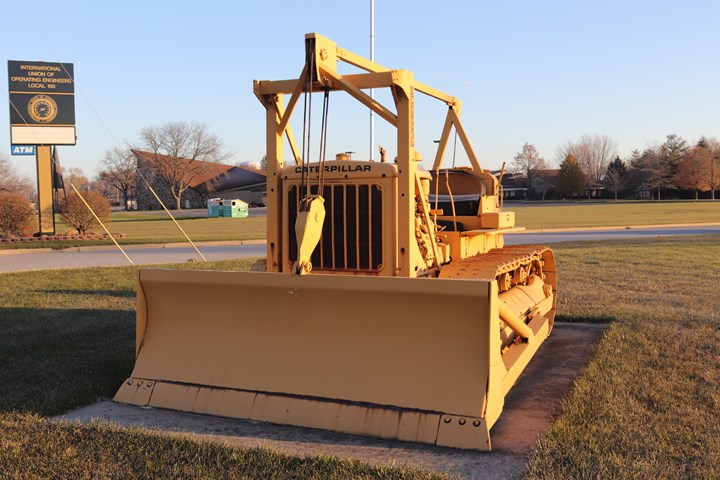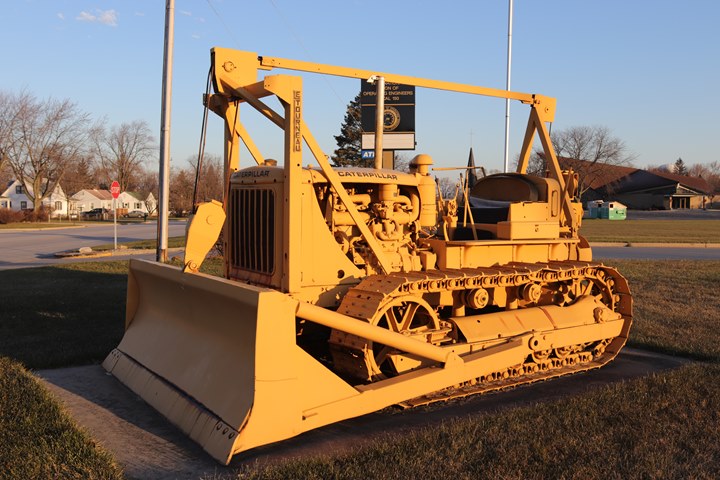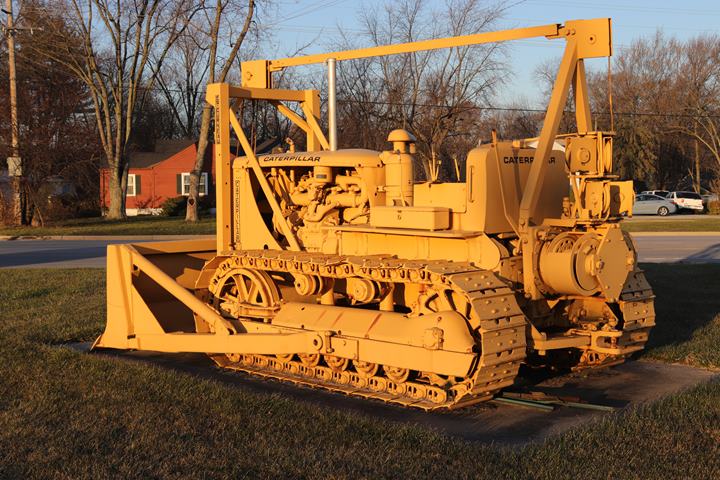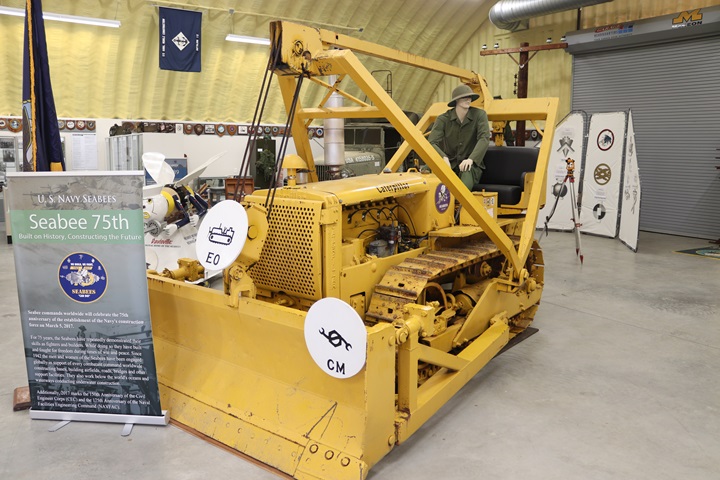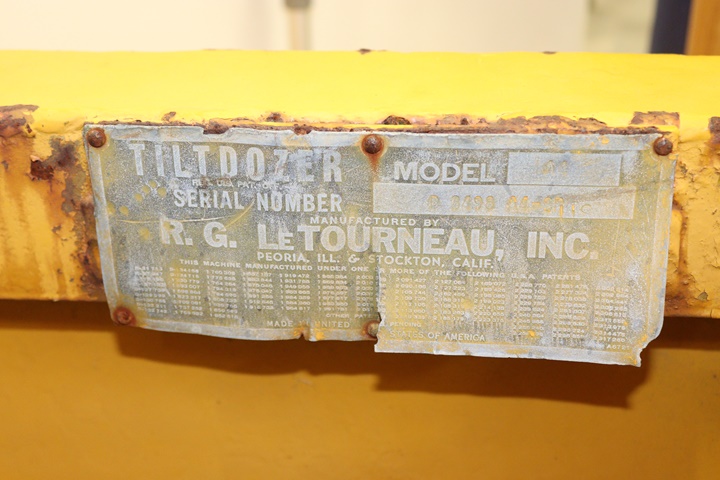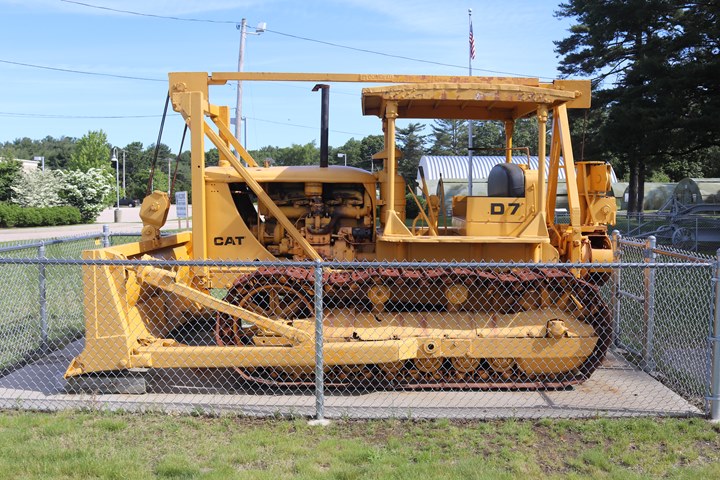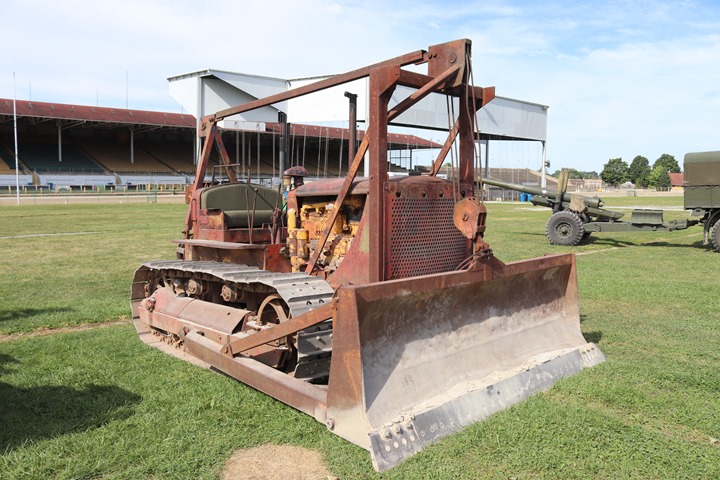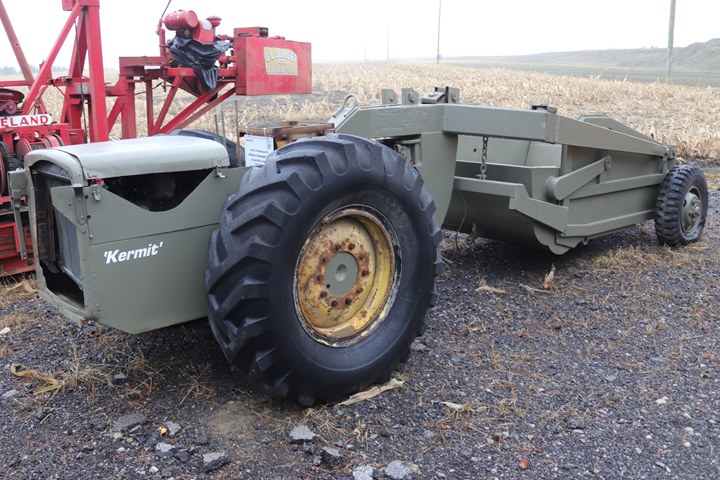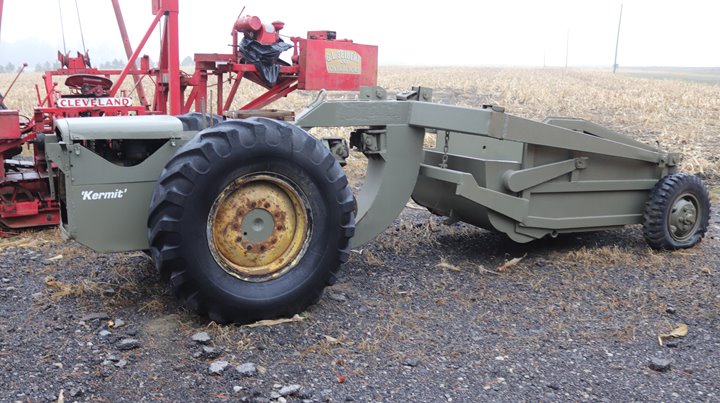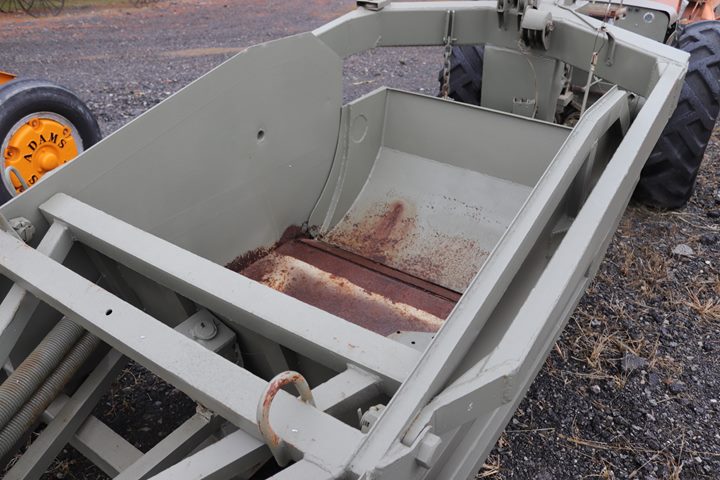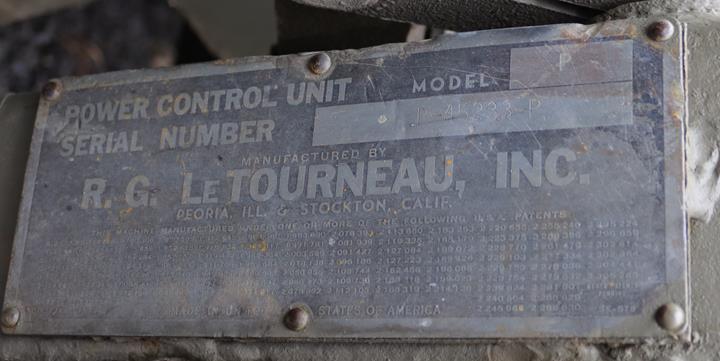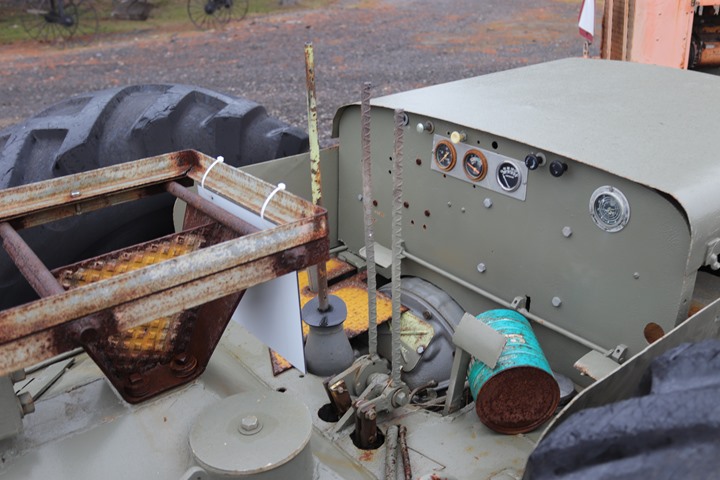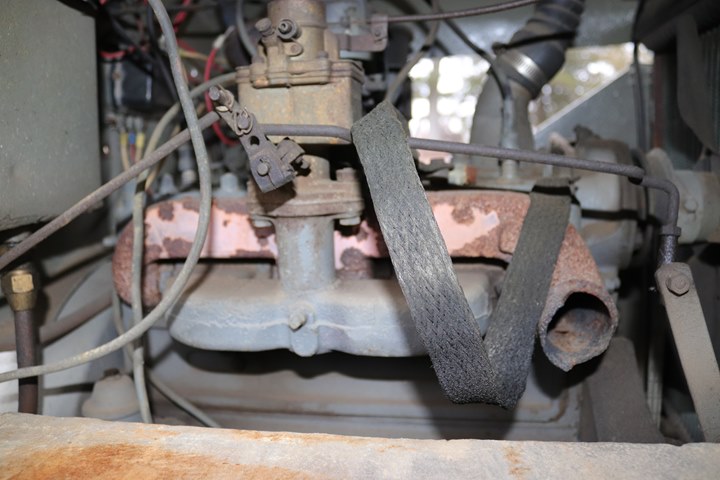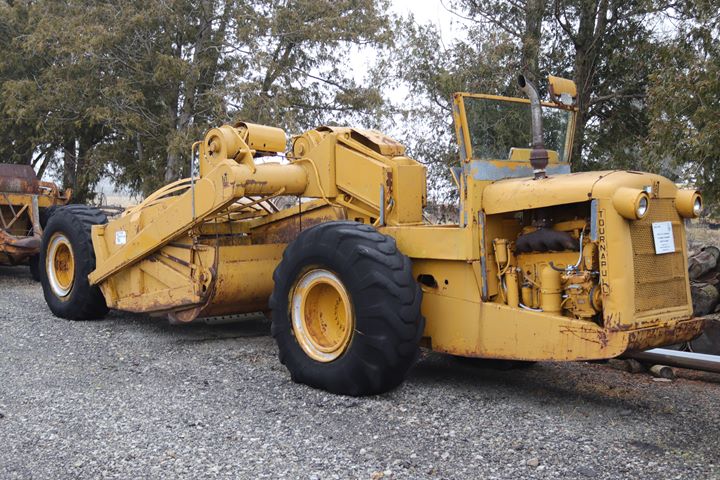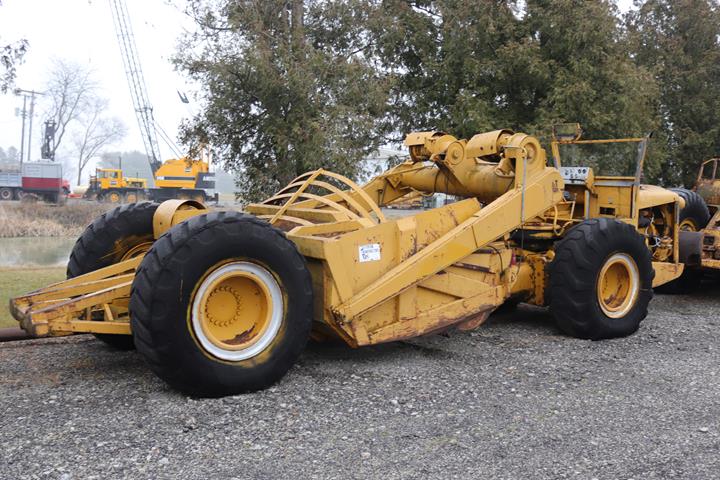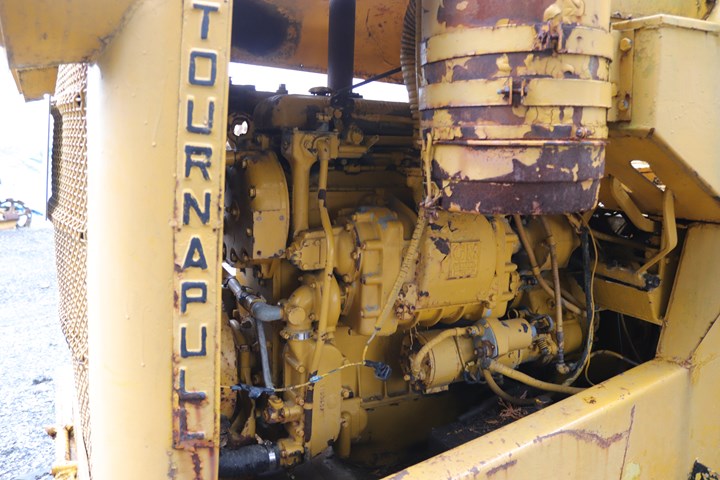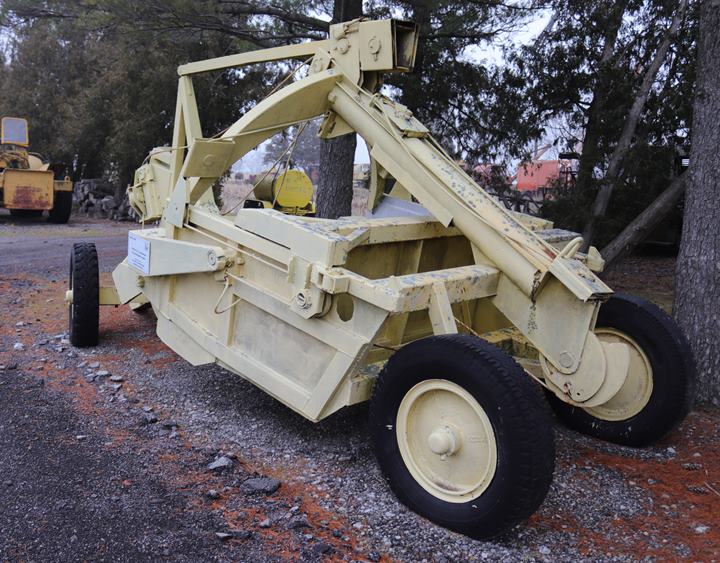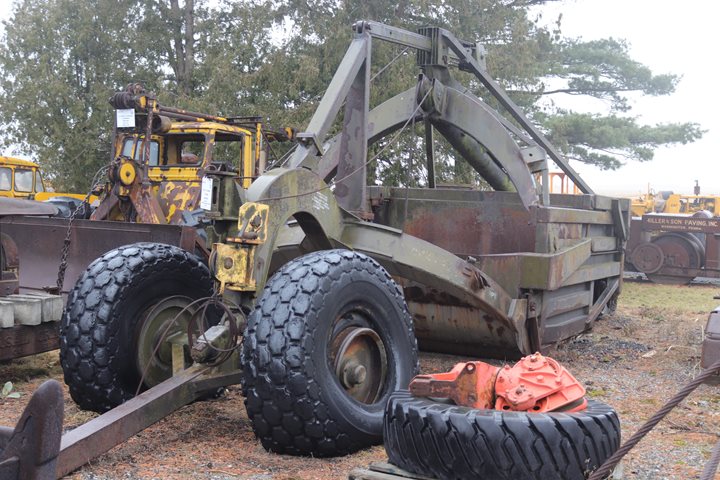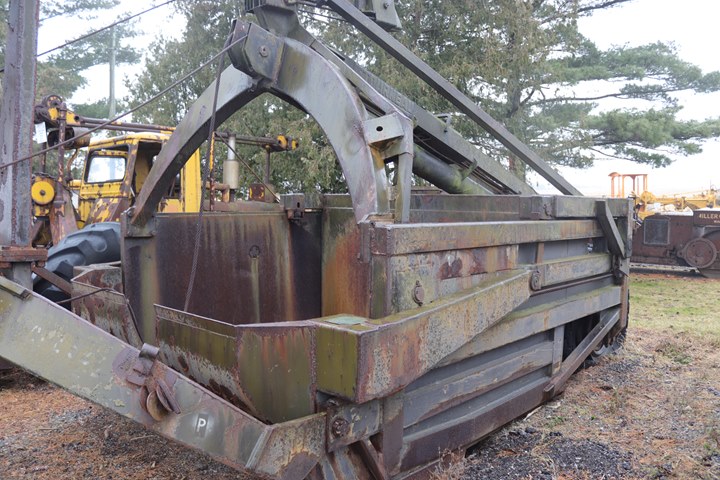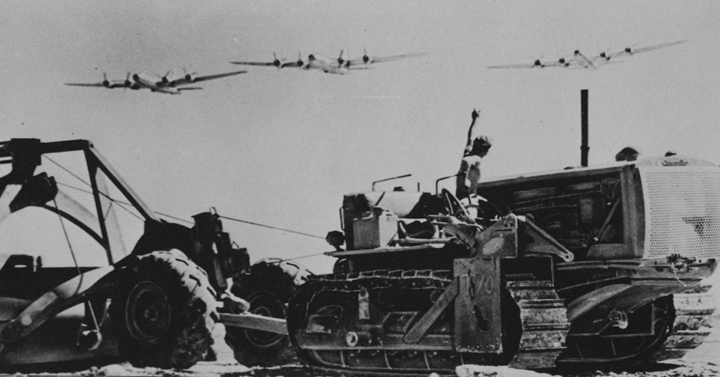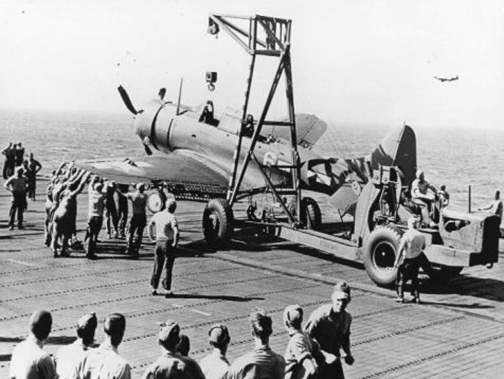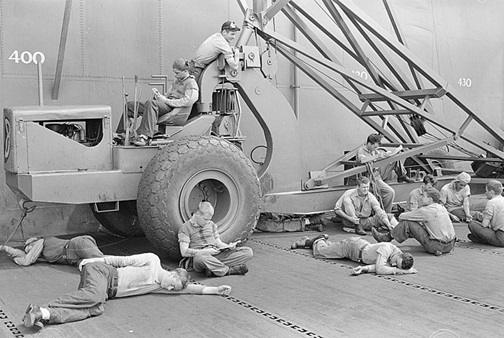|
R.G.
LeTourneau, Inc. in World War Two This page updated 11-5-2019. Robert Gilmour LeTourneau is not well-known name outside of the heavy construction industry. Yet today, many of the pieces of construction equipment used by the industry are the result of his 300 patents. In 1929 he formed the R.G. LeTourneau, Inc. in Stockton, CA to build earth moving equipment of his design. In 1935 he entered into a ten-year symbiotic relationship with the Caterpillar Tractor Company. R.G. LeTourneau did not have the extensive dealership network that Caterpillar had. Caterpillar allowed R.G. Tourneau to sell its equipment at its dealerships. This benefited both companies. R.G. LeTourneau obtained immediate access to Caterpillar customers, who could purchase bulldozers and scrapers at the same place they purchased their tractors. From Caterpillar's prospective, it gave customers immediate access to the different add-on equipment that enhanced its tractor's usefulness. For the customer, it was one-stop shopping. R.G. LeTourneau expanded his operation by building a factory in Peoria, IL, three miles from the Caterpillar plant. With the Caterpillar relationship, LeTourneau's business quickly expanded. A third plant was built in Toccoa, GA in 1938. A fourth plant was added in Vicksburg, MS in 1942 and a fifth in Longview, TX in 1945. R.G. LeTourneau had also built a plant in Australia in 1941. The relationship between R.G. LeTourneau and Caterpillar ended in 1945 at the end of the ten-year contract. By this time Caterpillar viewed LeTourneau as a competitor, as many of R.G. LeTourneau's inventions and new products could reduce Caterpillar's tractor business. Caterpillar started manufacturing its own wheeled tractors in 1941, bulldozers in 1946, and rubber-tired, self-propelled scrapers in 1948. For R.G. LeTourneau, with no extensive dealership network and Caterpillar and others becoming competitors, the golden years of expanding business in the late 1930's and early 1940's were gone. The business was sold to Westinghouse Air Brake Company in 1953. The entrance of the United States into World War II and its relationship with Caterpillar was a boon for LeTourneau's business. Both the US Army and US Navy needed bulldozers on its crawler tractors and scrapers to pull behind the tractors. The proximity of the Caterpillar in East Peoria, IL across the Illinois River allowed LeTourneau bulldozers to be installed on many Caterpillar tractors. LeTourneau supplied a large amount of ancillary heavy equipment used by the military during World War Two.
Two LeTourneau plants won the Army-Navy "E" Award during World War II a total of nine times.
R.G. LeTourneau
World War Two Production Statistics: 14,000 bulldozers, 10,000
Carryalls, 1,800 Tournapulls, 1,600 sheepsfoot rollers, and 1,200
rooters. The Carryall was LeTourneau's trade name for a pull-behind scraper, and the Tournapull was its trade name for a two-wheeled
tractor to pull a Carryall.
Author's Note: The first time I saw the name LeTourneau was when I found this model while visiting the Wheels O' Time Museum to obtain information on Caterpillar in World War II. I was totally unaware of the many inventions of R.G. LeTourneau, and all of the construction products his company produced. With what I learned I realized that LeTourneau needed to have a place for its story on its contribution to the winning of World War II.
Bulldozers: LeTourneau was the largest supplier of bulldozers to Caterpillar tractors during World War Two. Its plant on NE Adams Street was three miles away from the Caterpillar tractor plant across the Illinois River in East Peoria. Completed tractors were trucked to the LeTourneau plant for outfitting with bulldozers and their related control equipment. Mostly, if not all of the 14,000 LeTourneau built bulldozers were mounted on many of the 56,306 Caterpillar tractors built during the war. Definition: It should be noted that the vehicle in the photo below is a not a bulldozer. It is a crawler tractor with an attached bulldozer. Technically the bulldozer is the blade attached to the front of the tractor. During WWII Allis-Chalmers, Caterpillar, and International Harvester built crawler tractors. Other companies, such as LeTourneau, built bulldozer blades and their control mechanisms; then installed them onto the crawler tractors. Both the US Army and US Navy list crawler tractors in their list of equipment, not bulldozers. But to most persons, including generals and admirals from WWII, the entire tractor with the blade is a bulldozer.
Two of America's top military officers, General Eisenhower and Admiral Halsey, included the bulldozer in their respective lists of the most important weapons contributing to American military success during WWII. After World War II, each was quoted as having said the following: A quote from "The Great Crusade" by General Dwight D. Eisenhower: "Incidentally, four other pieces of equipment that most senior officers came to regard as among the most vital to our success in Africa and Europe were the bulldozer, the jeep, the 2-1/2 - ton truck and the C-47 airplane." Asked about the weapons used to win the war, Admiral Halsey offered: "If I had to give credit to the instruments and machines that won us the war in the Pacific, I would rate them in this order: Submarines first, radar second, planes third, bulldozers fourth."
Tournapull wheeled tractors and Carryall scrapers in military units: The Tournapull was LeTourneau's trade name for a tractor with two large rubber wheels that could pull a LeTourneau Carryall scraper behind it rather than using a crawler tractor. The advantage of the Tournapull was that it was considerably faster than a crawler tractor. A Carryall was LeTourneau's tradename for a pull-behind scraper for picking up dirt and moving it to another location. Army Engineer Aviation Battalions used 3-1/2, 8, 10, and 12 cubic yard Carryall scrapers. They also had two Turnapulls with 15 cubic yard Carryalls and a Turnacrane. A Caterpillar D7 was used to pull the ten cubic yard Carryall and a D8 was utilized for the twelve cubic yard Carryall.
Each US Navy Seabee Construction Battalion
was equipped with four 8-10 cubic yard Carryalls and four 12-15 cubic
yard Carryalls.
1952 D Roadster Turnapull with E-9 Carryall scraper: Besides the World War II built D4 Airborne Turnapull and Carryall shown above, the National Construction Equipment Museum in Bowling Green, OH has three other LeTourneau pieces of on display. This is unique and important museum because it is the only public museum dedicated exclusively to the preservation and restoration of American-built construction equipment. To the author's knowledge, it is only one of two places in the United States where LeTourneau equipment is on public display.
Carryalls: Two LeTourneau Carryalls are also on display at the National Construction Equipment Museum in Bowling Green, OH.
Tournacranes: During World War II all American fleet aircraft carriers had on board a LeTourneau Tournacranes for lifting disabled aircraft off the flight deck.
The story of R.G. LeTourneau, Inc in World
War Two cannot be told without telling the story of the Caterpillar
Tractor Company. |
